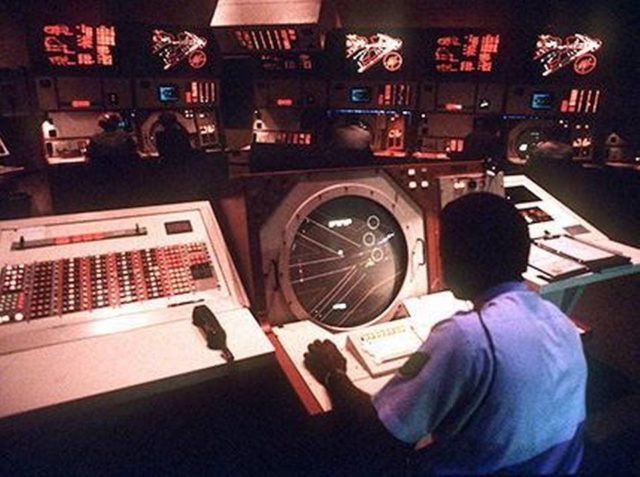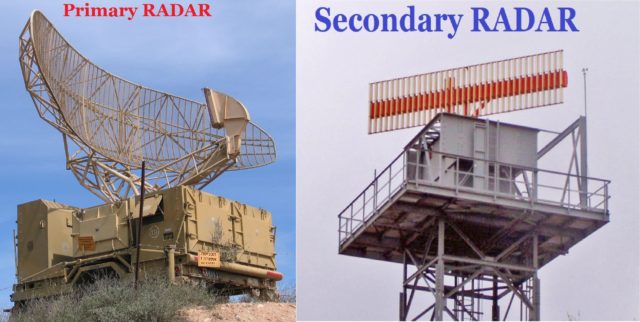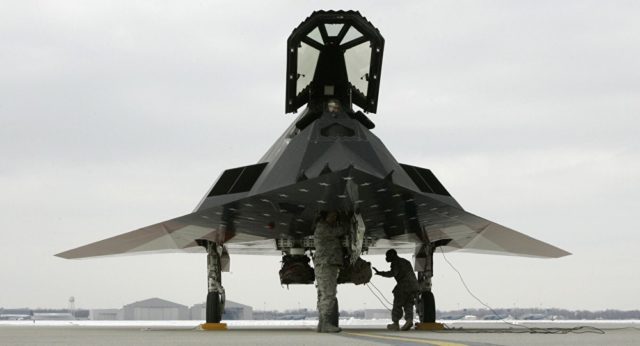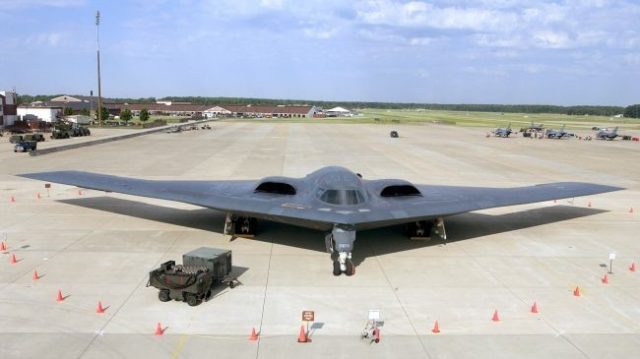PREVIOUS
Science and Technology - RADAR
May 15 , 2019
2167 days
4088
0
What is a radar?
- Radar is a detection system that uses radio waves to determine the range, angle, or velocity of objects.
- The term RADAR was coined in 1940 by the United States Navy as an acronym for Radio Detection and Ranging.
- A radar typically has a magnetron, transmitter, receiver, and a screen.

- The magnetron generates radio waves which are released through an antenna in different directions at certain time intervals.
- If there is an object in the air, an aero plane for instance, the radio waves hit it and bounce back, to be caught by the receiver of the radar.
- By mapping the reflected waves on a screen with a grid map, the aero plane is displayed as a blip on the screen and its movement is shown as the radio waves strike it at intervals.
- This is the basic principle of a radar.
- Over the decades, there have been tremendous technological advancements in radars, making them highly sophisticated and powerful.
- By virtue of being radio waves, radars can see through cloud cover, and during day and night.
Primary and Secondary RADARs
- All Air Traffic Controllers have two radars -- primary and secondary.
- The primary is a classic radar based on the principle described above.
- The secondary radar identifies the details of the aircraft by communicating with the transponders on the aircraft.

- Thus, radars enable continuous airport operations in cloudy conditions.
Origin of Radar
- The origin of the radar goes back to World War II, when the first radar was demonstrated in Britain in 1935.
- By the time the war began, Britain had a chain of radars along its coast to detect intruders.
- By the end of WW-II, all major countries involved deployed radars.
- Ground based radars have limitations primarily due to the curvature of the earth.
- Therefore, radars were mounted on aircraft which fly thousands of feet above the ground with 360-degree coverage.
- These are known as Airborne Warning and Control System (AWACS), and are major force multipliers in today’s battlefields.
- During the Balakot airstrike on February 26, IAF had fielded both indigenous and Israeli AWACS to direct the fighter jets on their strike mission and monitor the skies for any movement by Pakistani jets.
Radar evasion/Stealth
- Over the years, as radars have improved so have the technologies to evade them.
- There are many ways of evading radars or reducing the radar cross section or foot print.
- That’s where the concept of stealth comes in.
- Stealth is a relative concept and not absolute.
- Radars essentially identify an object by the reflected radio waves.
- So, if the radio waves can be deflected away from the receiver, that reduces the footprint.
- A classic example for this is the US F-117 which is now out of service.

- Another way is to absorb some or most of the radio waves with radar absorbent paint, and changing the shape of plane to minimize the cross section.
- The iconic US B2 bomber is a perfect example for this.

- The latest stealth planes F-22 and F-35 use a combination of these to evade radars.
- Here are some of India’s stealth UAV’s
- DRDO Nishant
- DRDO AURA (Autonomous Unmanned Research Aircraft)
- Many stealth fighter planes are under the developmental stage in India.
- - - - - - - - - - - - - - -
Leave a Reply
Your Comment is awaiting moderation.


